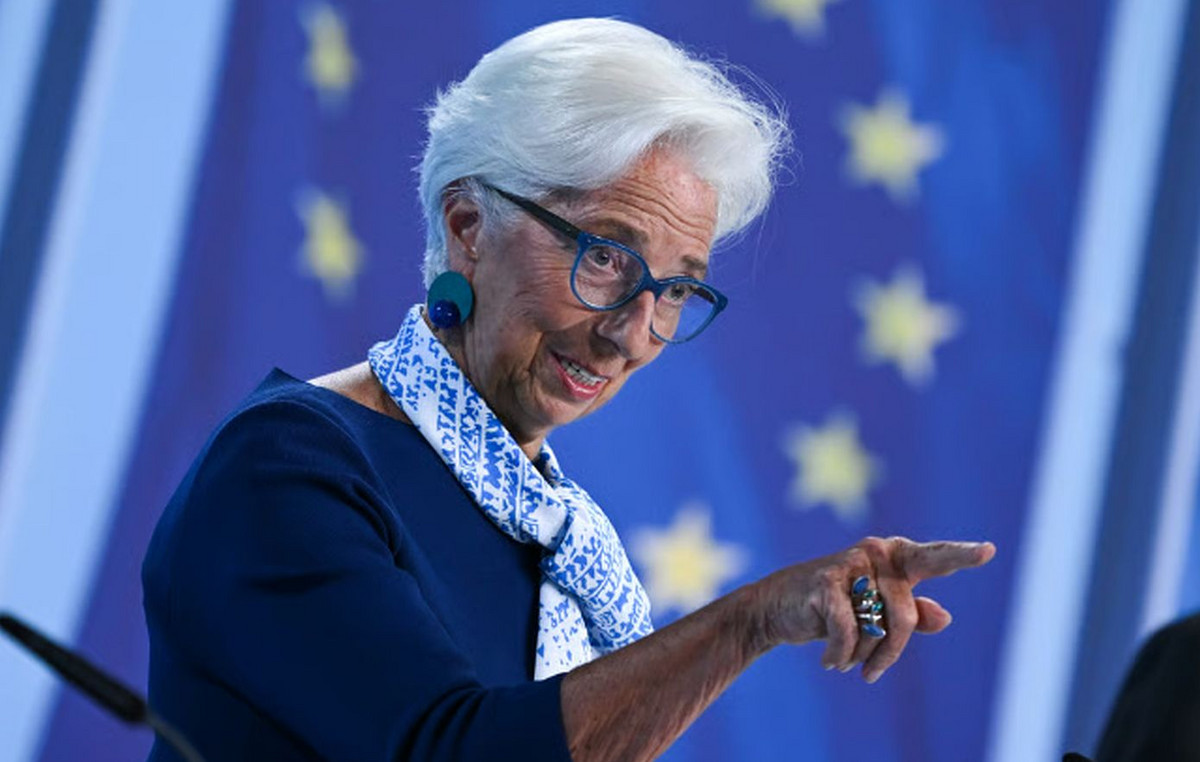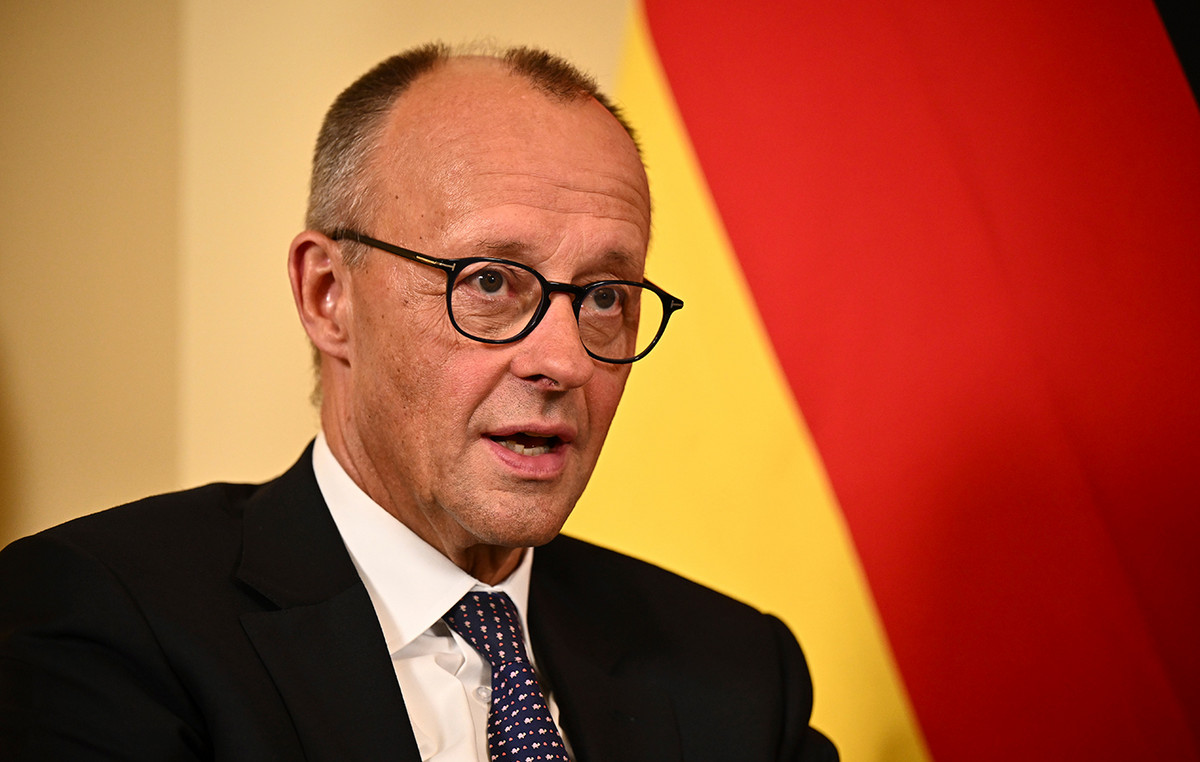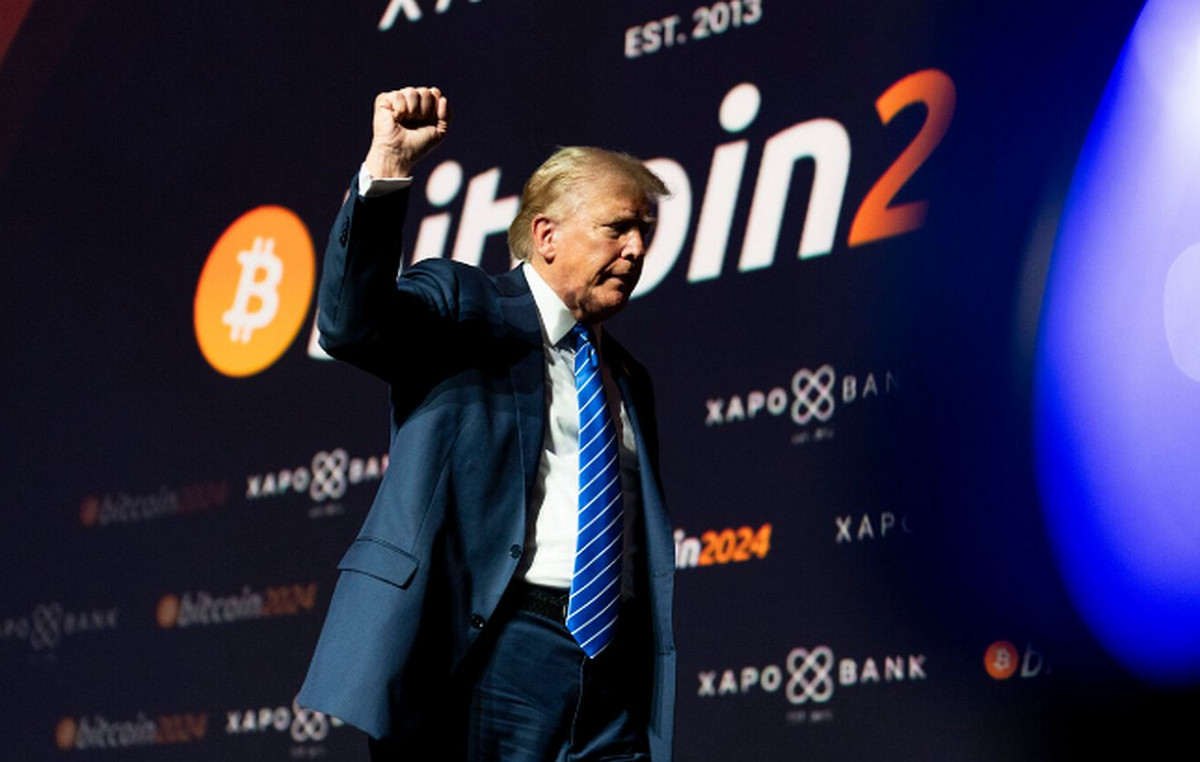PETR3, VALE3, EMBR3F, BBAS3. In the alphabet soup of the economy, the financial market offers a full plate. For those who invest, these codes, made up of letters and numbers, serve to identify the asset on the stock exchange and bring the characteristics of the traded stock. And what does each symbol mean and makes up the ticker of paper?
The share of a company is nothing more than a fraction of society, that is, a portion of the capital stock of a company. And these exchange-traded pieces can be either common or preferred.
Papers that end with the number 3, such as PETR3 or VALE3, are known as ordinary and carry the abbreviation ON. According to Rob Correa, investment analyst and author of the book “Investor’s Guide to Long-Term Success: The Secrets to Financial Independence”, these actions give investors the right to vote at company meetings.
Shareholders’ meetings are intended, for example, to assess companies’ accountability, decide on financial statements, define management compensation, elect members of the fiscal council and determine the allocation of net income.
In the hierarchy of companies, the assembly is positioned above the board of directors. And, according to XP, “the greater the amount [de ações ON]the greater the weight of the shareholder vote”.
With regard to trading, Correa highlights that “as common shares have the right to vote [se comparado com outros modelos de papéis]they are usually with investors who do not trade as often.”
Preferred shares, represented by the acronym PN and the number 4, give the investor the right to receive dividends (part of a company’s profit that is passed on to shareholders) with priority, but do not provide the right to vote.
Preferred shares are usually the most traded on a day-to-day basis. “But it is worth mentioning that these papers do not have a protection instrument, called tag along”, explains Correa.
THE tag alongalso known as the “right to go”, is the possibility for minority investors to sell their shares (only common shares) when new owners take over the management of the company.
And, if the company does not pay dividends to investors in preferred shares for a period of three years in a row, shareholders gain voting rights.
Preferred shares are also divided into subclasses defined in: PNA, whose number is 5; GNP, 6; PNC, 7; PND, 8. However, according to XP, the definition varies according to what is defined in the statute of each of the companies.
Test your knowledge about the Ibovespa
Let’s start with an easy one: what is the Ibovespa?
Who is responsible for calculating the Ibovespa?
What types of assets are eligible to be listed on the Ibovespa?
Which of these is NOT a criterion for a stock to enter the Ibovespa
How many shares are currently in the Ibovespa theoretical portfolio?
How often is the Ibovespa theoretical portfolio reviewed?
What is the most important stock on the Ibovespa?
What is the smallest share on the Ibovespa?
Each Ibovespa point is equivalent to 1 real. This statement is
What is the historical record for closing the Ibovespa?
Try again!
Tip: follow CNN Business to understand more about Ibovespa
Nice job!
You know a lot about the Ibovespa, but you could know a little more
Sensational!
Congratulations! Are you an Ibovespa expert?
For investors looking to buy common and preferred stock at the same time, there are unitswhose number is 11. Correa says that each unit has a distinct composition between the two role models, “but there is no pre-established combination to compose the set”.
It is possible to know the composition of each unit on the B3 website. See some examples below:
- BTG Pactual (BPAC11) – 1 ON share + 2 PN shares;
- AES Tiete (TIET11) – 1 ON share + 4 PN shares;
- Klabin (KLBN11) – 1 ON share + 4 PN shares
Fractional and forward market
There is also the possibility of operating in the fractional market — a resource most used by small investors. When a shareholder chooses to buy a common or preferred share, he is normally required to purchase a package of 100 shares. That is, if an asset costs R$1, he will have to pay R$100.
The fraction serves to break up the package of shares, allowing the investor to buy only one asset, paying only R$ 1, for example. To access this paper model, it is necessary to add the letter F, such as VALE3F and EMBR3F.
Now, the forward market — the purchase and sale of an asset with a future maturity date — “has a behavior similar to the fractional one, but instead of putting the letter F, the investor adds the T”, according to a service to the investor of the XP.
According to the ModalMais broker, in this model, it is determined that a number of shares will be purchased, and that payment will be made at a future date. As the payment will not be in cash, the seller will charge interest on the share price.
The interest rate is agreed between the parties, but normally it is close to the Selic rate, which currently stands at 10.75%. The term is also agreed in the contract, “which can be at least 16 and at most 999 days”, says ModalMais.
Other investment possibilities
Real estate funds are also traded on the market with the ticker 11, however, its structure is different from the units. Instead of being a fraction of a company, it is an amount that will be allocated to real estate projects, such as shopping malls, physical banks and warehouses.
If the fund is listed on the over-the-counter market organized by B3, the letter B will be placed after the number 11.
Real estate funds also pay dividends, “and that’s one of their biggest attractions,” according to brokerage Guide.
By law, the distribution of dividends must be at least 95% of profits and at least once every semester. However, it is common practice for real estate funds to pay monthly income.
“Real estate funds obtain income from the businesses generated, be they incorporation, sale or rent. Therefore, the vacancy of a property can impact, even if transitory, its income and also the value of the quota”, points out Guide.
“For this reason, investors should not make their choices based solely on the distribution of dividends. It is necessary to carry out a qualitative analysis of the management of the fund, the assets that make up its portfolio and the expectation of income generation”.
If investors are interested in buying Disney, Apple, Tesla or Microsoft shares, for example, just enter code 34, and they will have access to international securities traded through BDRs (Brazilian Depositary Receipts), also known as CDVM (securities deposit certificate) on B3.
For example, if you want to become a shareholder in the Orlando parks conglomerate, just buy DISB34. To locate the iPhone maker’s papers, just search for AAPL34.
“BDRs are a mirror of the asset listed on foreign exchanges, reflecting the variation of the share price to which they are linked”, informs broker Rico.
Since 2020, BDRs are available for investment by any Brazilian. It is worth noting that, as companies follow the policies of international regulatory bodies, not all international companies pay dividends, “it depends on the policy of each one and how the paper was backed by B3”, according to guidance from the broker Clear.
Source: CNN Brasil
I am Sophia william, author of World Stock Market. I have a degree in journalism from the University of Missouri and I have worked as a reporter for several news websites. I have a passion for writing and informing people about the latest news and events happening in the world. I strive to be accurate and unbiased in my reporting, and I hope to provide readers with valuable information that they can use to make informed decisions.







